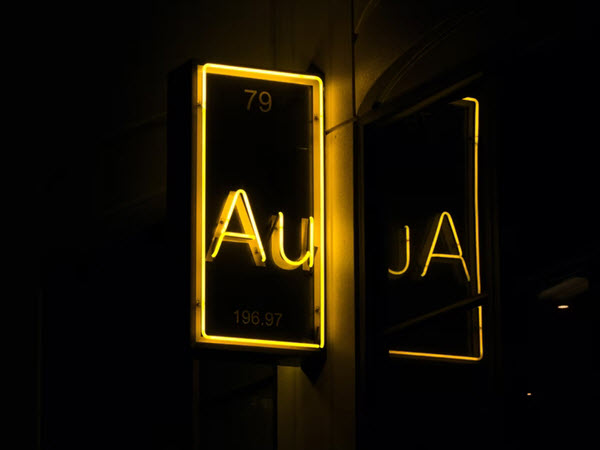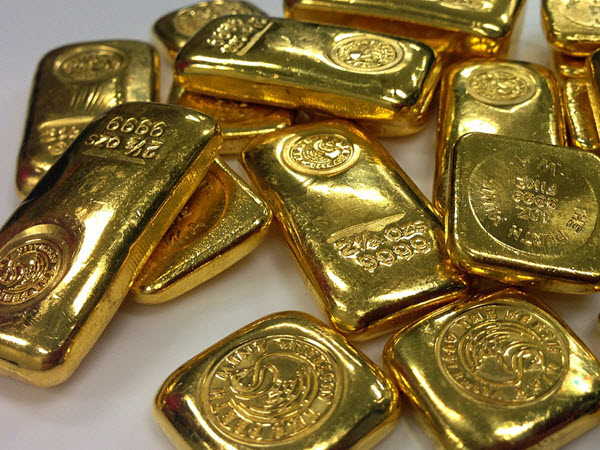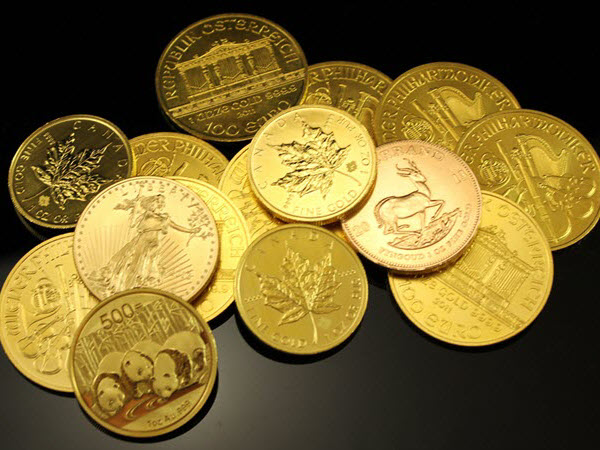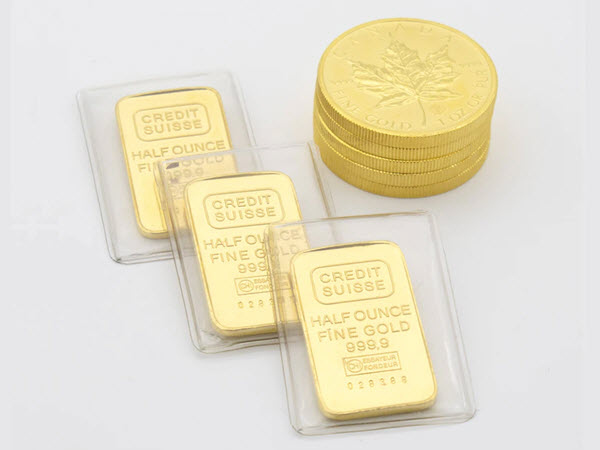
As the World Gold Council’s latest report indicates, low interest rates are forcing investors to chase gains. Steady portfolio performance is desirable for regular investors and a necessity for portfolio managers. Yields on government and corporate bonds have reached all-time, mostly-negative lows worldwide. Even an alleged, tentative interest rate hiking schedule is unlikely to push real yields out of negative territory.
Yet investors, whether individual or institutional, must have return on investment. The combination of high inflation and negative real yields have pushed investments further and further into high-volatility, low-liquidity assets. That’s an issue, because in the world of finance and investing, risk and return are inextricably linked.
The WGC cites data from research firms and various sources which indicate that investors are showing more appetite for riskier assets. A recent survey suggesting that a third of portfolios might be allocated in alternative and other assets in the next three years.
Gold offers high liquidity and low volatility
Most of these “alternative” assets have a few things in common.
- High growth potential
- High risk
- Low liquidity
Consider the relatively low liquidity of real estate, the growth potential of cryptocurrencies and the risk of NFTs. Consider also the lack of price discovery among assets that aren’t traded on open exchanges, or otherwise regularly marked-to-market.
During the financial crisis, liquidity was a major point of concern, and nearly half of the participants in the survey stated that it’s a key consideration in their long-term portfolio planning.
Here, gold once again starts to emerge as something that should be treated as a necessity, and likely will as investors take on an uncharacteristically aggressive approach. While it might seem as if though there is little room for defensive assets in a high-risk portfolio, the opposite holds true in the case of gold.
For starters, no prudent investor will forgo hedging their bets whatever their approach is. Bonds might have once been the hedge of choice for risk-on investment, but since it is their underperformance that is prompting the chase of returns, gold is there to assume the role.
There are many more nuances, of course. Risk and uncertainty go hand in hand with market crashes and selloffs. Last March was an infamous example, as even the safest of assets such as gold fell. In situations like these, investors want liquidity both for safety reasons and to make bargain bets in other asset classes. The same month also showed why gold continues to stand out among all other assets, as it was the only one to recover by the end of the month. And, as is by now known, it went on to post one of its best years on record.
This is just one of many occasions where diversification with gold would have assured a portfolio’s stability and maintained its performance as turbulence rocks the markets. There’s a reason it’s the gold standard of safe haven assets.
The world is looking more turbulent than it has in a while, and yet investors aren’t willing to wait and see what happens in order to post a return. During a time when things like farmland and collectibles enter portfolios that they might otherwise never find a place in, a time-proven and highly liquid asset like gold is a prime candidate to steady the rocking boat.









